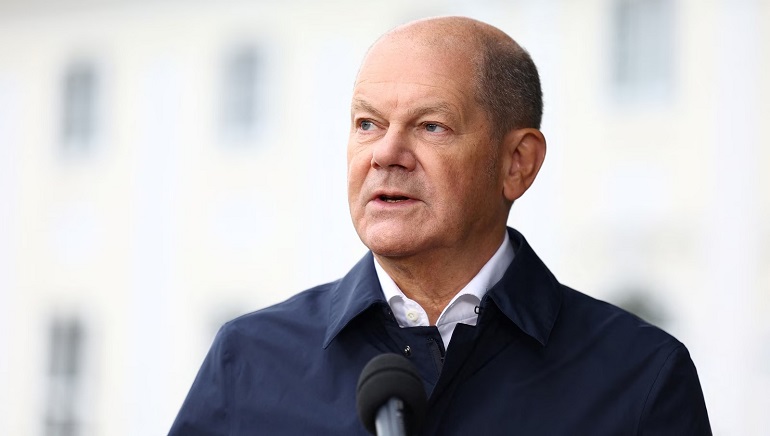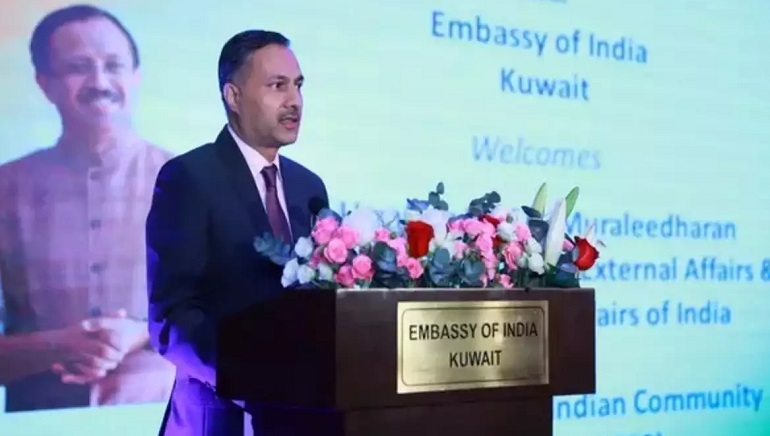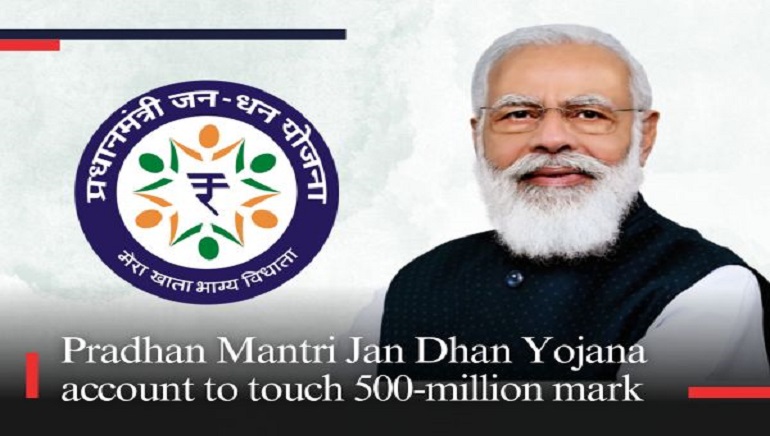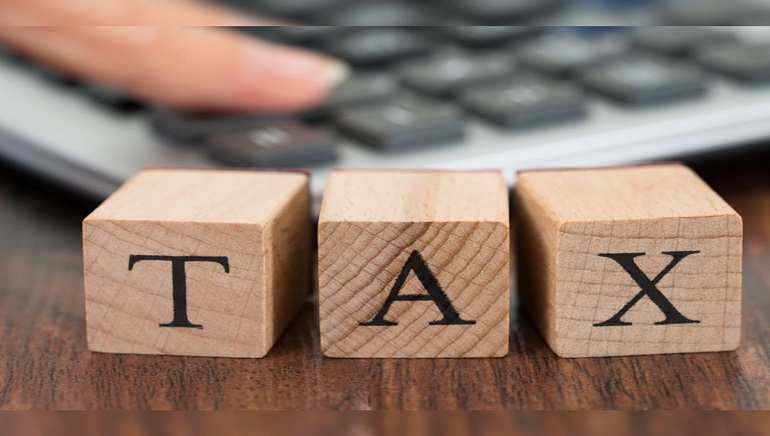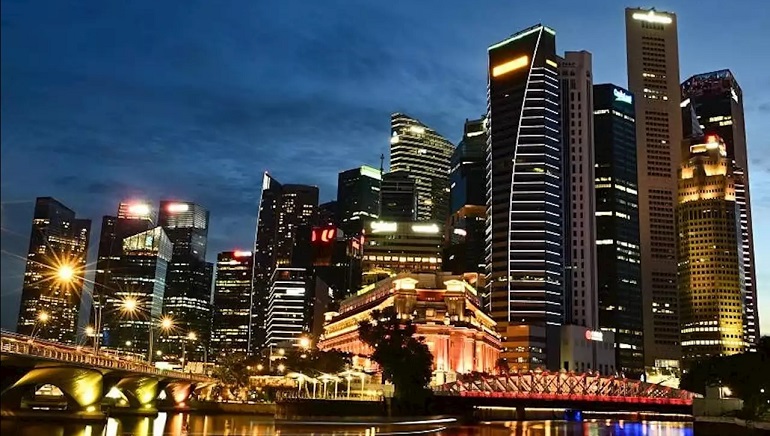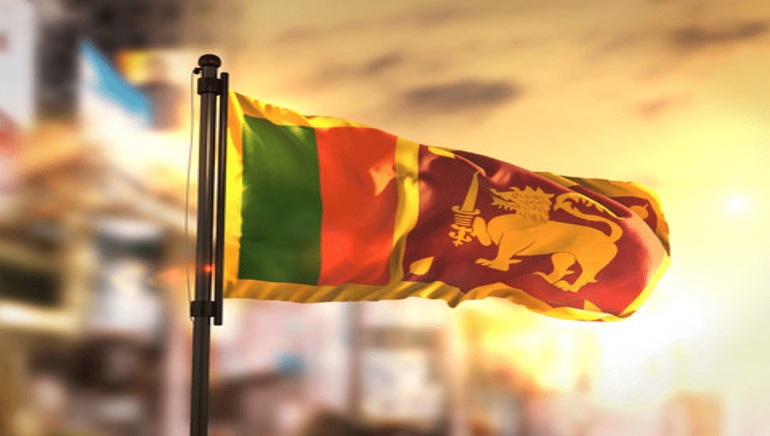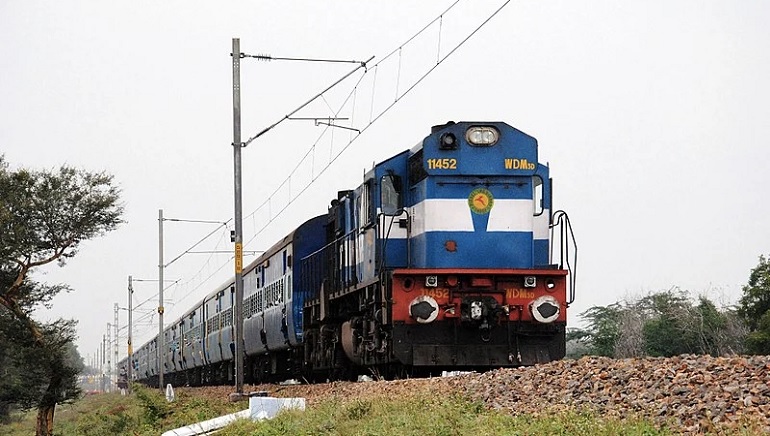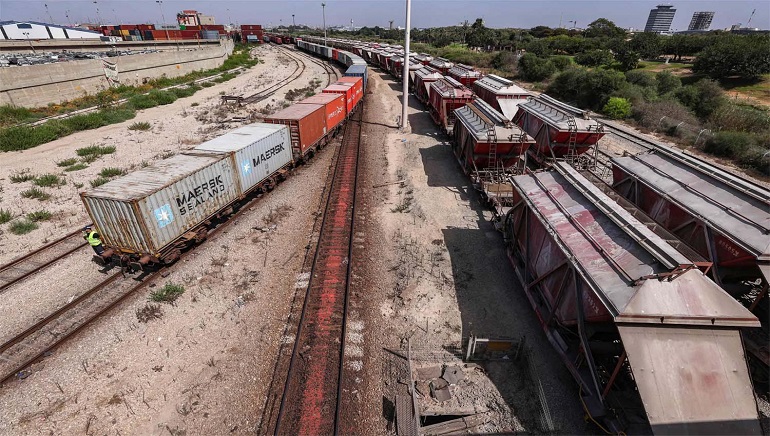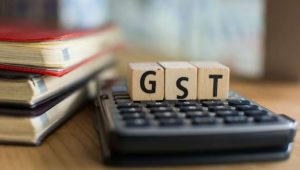German Chancellor Olaf Scholz said the upcoming G20 summit in India remains important despite the absence of Russia and China. Speaking to German radio station Deutschlandfunk on September 1, he said that the forum still has an important contribution to make and a “big damn obligation” to fulfil, particularly as BRICS – a grouping of the world economies of Brazil, Russia, India, China and South Africa – grows in significance.
India, the President of the G20, will host global leaders for the Summit on September 9 and 10 in New Delhi. US President Joe Biden will travel to India on September 7 to attend the summit. He will also have a bilateral meeting with Prime Minister Narendra Modi on the sidelines of the summit, announced the White House.
On September 8, he will participate in a bilateral meeting with PM Modi. During the leadership summit, he and G20 partners will discuss a range of joint efforts to tackle global issues, including the clean energy transition and combating climate change. They will also mitigate the economic and social impacts of the Russia-Ukraine war, and increase the capacity of multilateral development banks, including the World Bank, to better fight poverty, including by addressing global challenges.





